Most of us have seen the New Year’s Eve fireworks, but have you ever seen them from a above? A modern twist is revolutionizing how we experience this timeless spectacle: drone footage. Equipped with advanced technology, drones offer a new perspective, weaving through explosions of light to capture mesmerizing views.
New Year’s Eve is always spectacular, with everyone celebrating the coming year with a sky filled with color from a thousand explosions.
But what is pretty nice from street level becomes awesomely awesome when viewed from the air, as photographer Jeff Cremer showed by taking his drone up into the skies above Lima, Peru to film the festivities. The flurry of fireworks shooting from streets and rooftops is incredibly beautiful when viewed from above, and Cremer stated after the release of the video that he wanted to get closer to the action but had to keep his drone at about 200m (656ft) high to avoid all the flak.
This is far from the only drone footage of fireworks.
Drones can provide an immersive experience, gliding through bursts of color and illuminating the choreography behind every pyrotechnic display. Moreover, drone footage often incorporates slow motion, high-resolution imagery, and even thermal imaging. It’s not just watching fireworks like usual; it’s experiencing them in a new way.
The footage captured by drones can reveal details invisible to the naked eye. You can see how fireworks burst into specific patterns, notice the intricate timing, and even observe how wind currents shape their trajectory. These insights are as much about appreciating the art as they are about understanding the science.
Of course, we couldn’t really write about fireworks without digging into some science.
The Science Behind the Sparkle
Fireworks are, at their core, a complex chemical reaction. Each burst of light is the result of a tightly choreographed dance between physics and chemistry. The dazzling colors come from metallic salts: strontium for red, sodium for yellow, and copper for blue. When heated, these compounds emit specific wavelengths of light, creating the vivid hues we associate with fireworks.
But there’s more to fireworks than just color. Timing is everything. When a firework is launched, an initial explosion propels it skyward. A delayed second charge, ignited by a timed fuse, triggers the display in the sky. Engineers carefully design these delays to create the spectacular shapes you see—stars, rings, and even complex animations.
Drones flying through these displays must navigate with care. The heat, debris, and shockwaves pose serious risks to the delicate electronics onboard. Engineers address these challenges by outfitting drones with heat-resistant materials and advanced sensors, ensuring they can safely maneuver through bursts of flame.
Equipped with GPS navigation, high-definition cameras, and precise flight controls, drones can follow intricate paths and hover in place with millimeter precision. This allows cinematographers to choreograph drone movements as meticulously as the fireworks themselves.
Safety and Sustainability: Unexpected Benefits
Nowadays, drones are routinely used to monitor large fireworks events.
Fireworks displays are not without their risks. Traditional viewing setups can lead to accidents from falling debris or misfired explosives. Drones, however, allow operators to observe displays up close without endangering human lives. By monitoring fireworks in real time, drones can even help pyrotechnicians identify potential issues, enhancing safety.
There’s also an environmental angle. Fireworks have long been criticized for their environmental impact, releasing pollutants and leaving behind debris. Some companies are experimenting with drone-based light shows as an eco-friendly alternative. These displays use coordinated drones equipped with LED lights to create dazzling effects without smoke or chemical residue.
Drone footage also serves as a valuable tool for researchers studying the environmental effects of fireworks. By capturing data in real time, drones help scientists assess air quality, particulate matter, and even noise levels during displays, paving the way for greener pyrotechnic innovations.
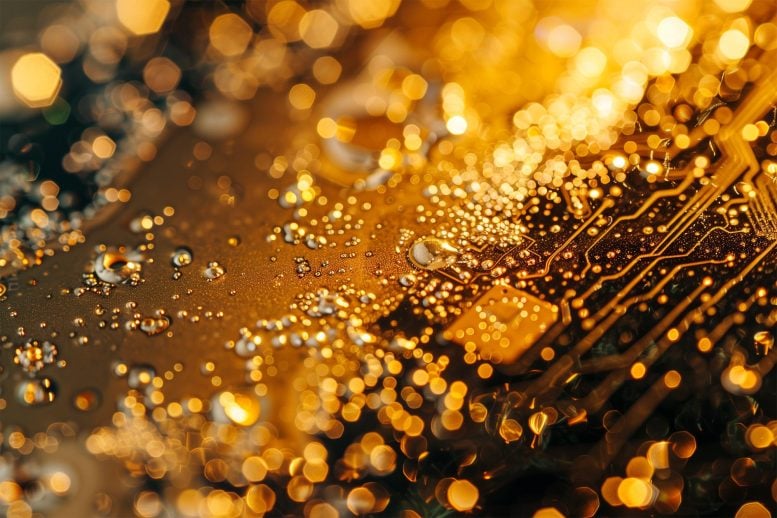
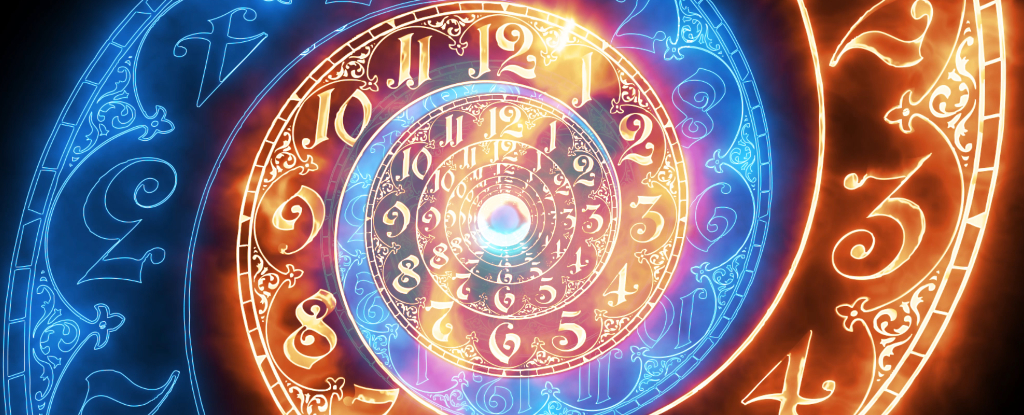


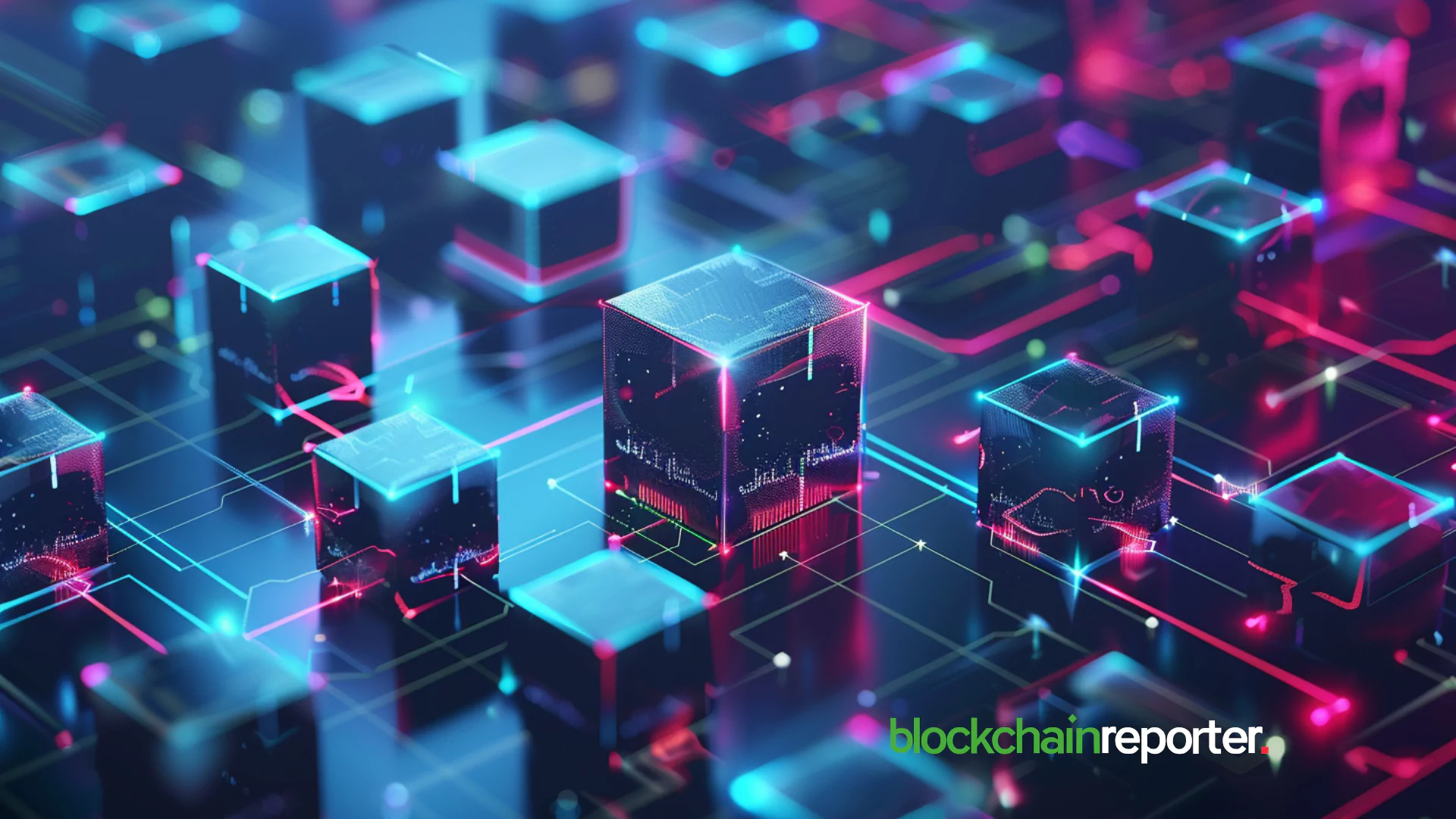
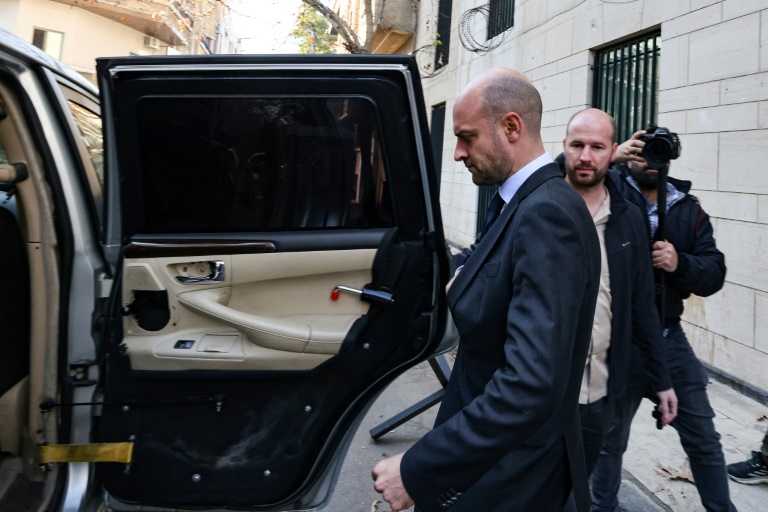
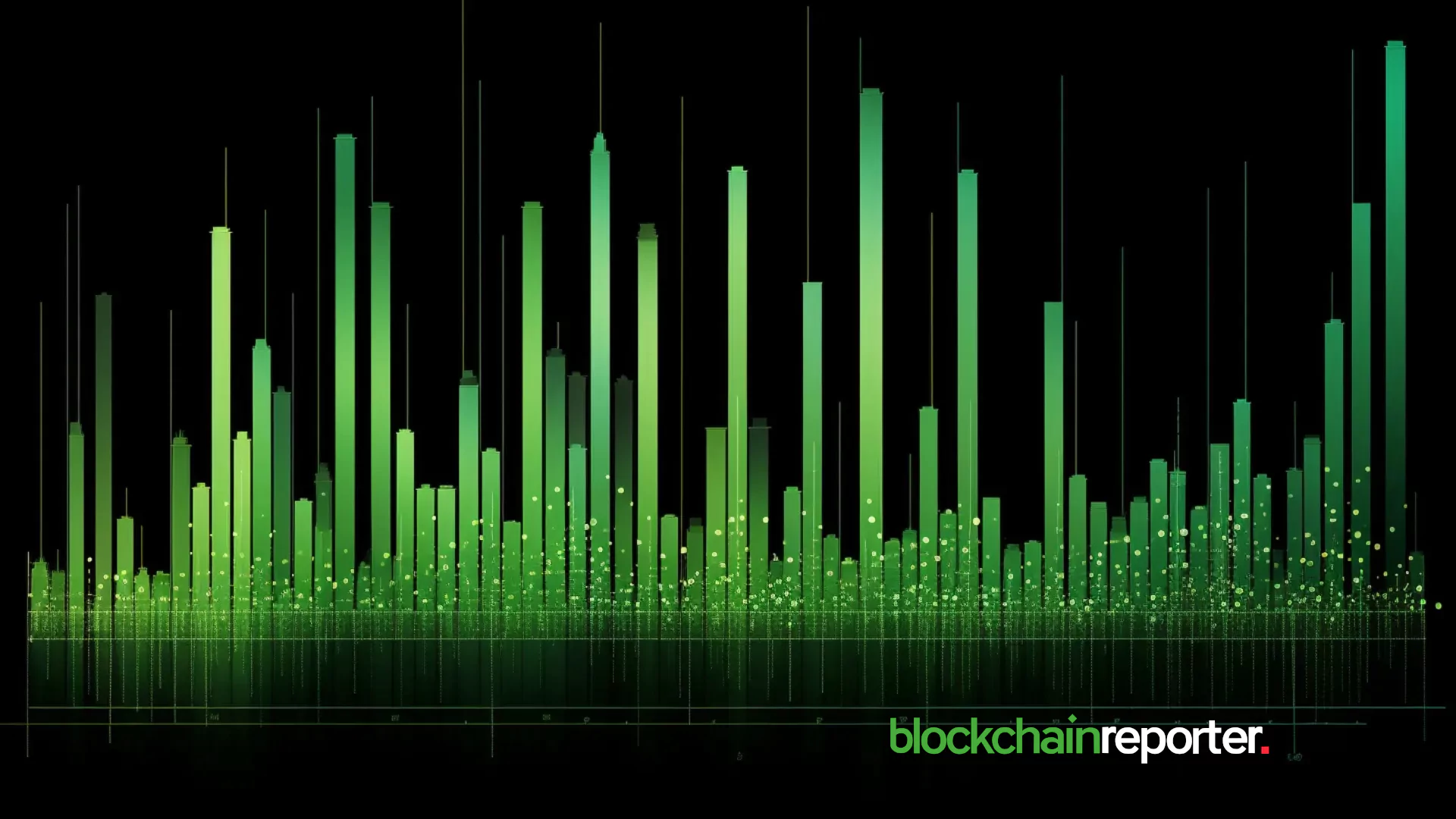

Leave a Comment